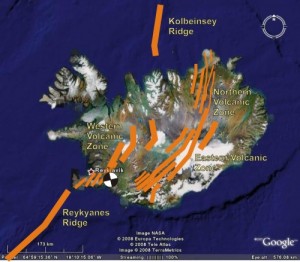There is going to maintenance on the network that my web site is hosted on the 14th of November 2010. Here is the message that I got from my hosting provider.
Scheduled Date and Time:
Sunday, November 14, 2010. Begins at 3 AM EST and will last through 4 AM ESTMaintenance Type:
Our network admins will be performing an internal network infrastructure upgrade that will greatly enhance our internal routing capacity which in turn will directly benefit your account(s).Estimated Downtime:
While we will do everything possible to expedite the maintenance to reduce issues, the downtime associated with this process should only consist of 5 – 10 minutes of downtime during the specified maintenance window.
There might be some downtime on this web site when this maintenance takes place.

